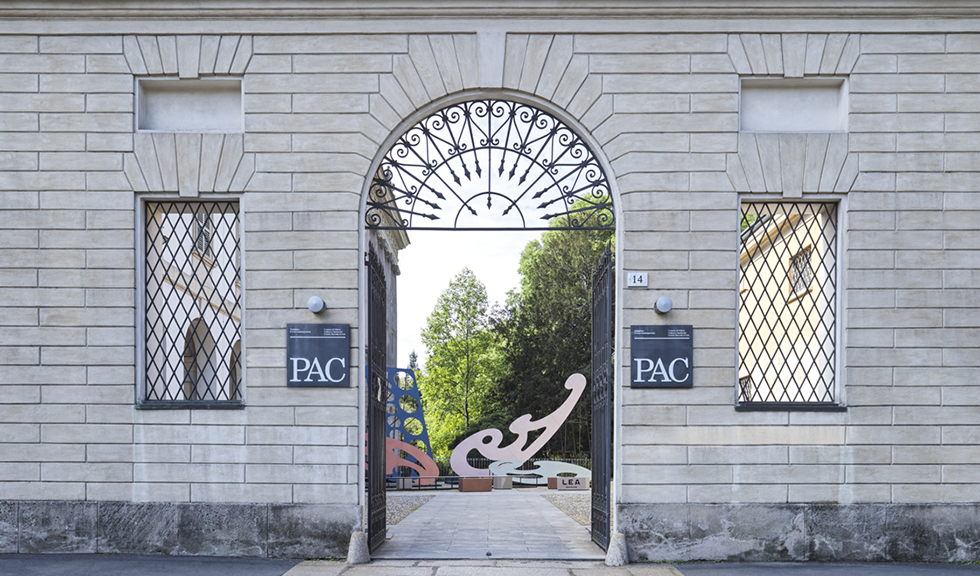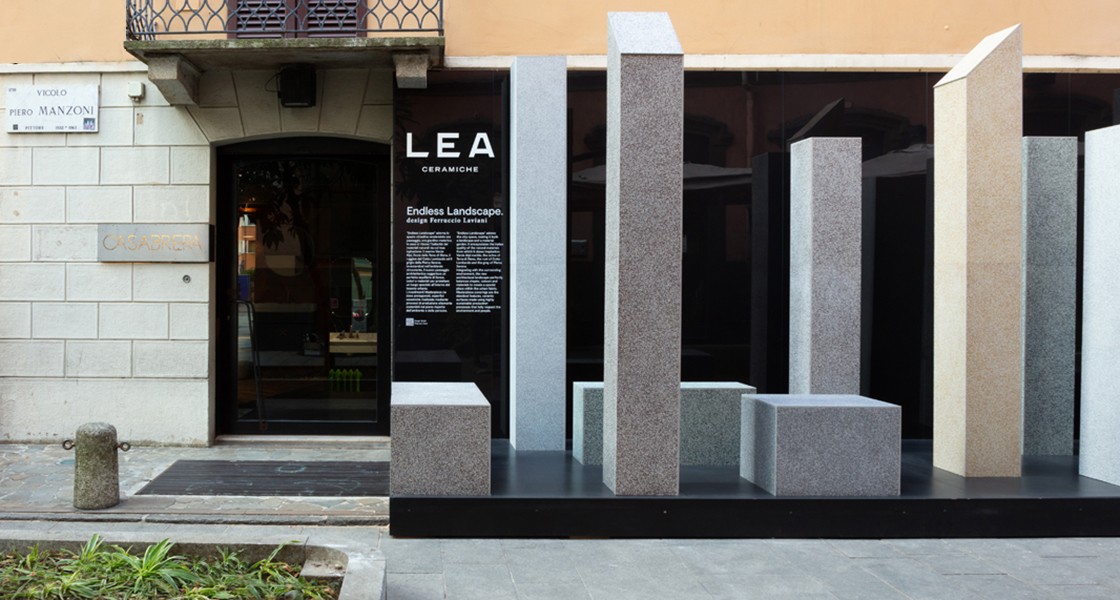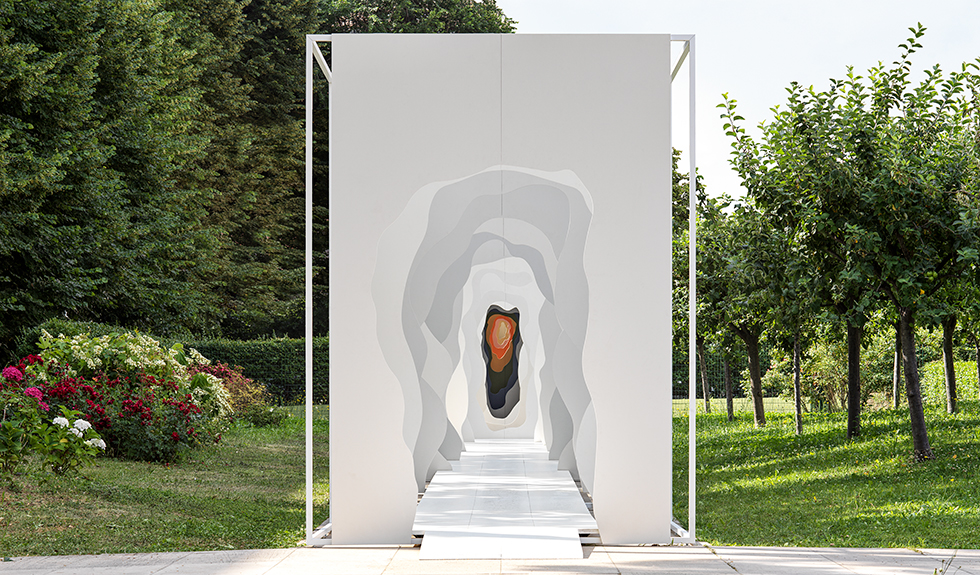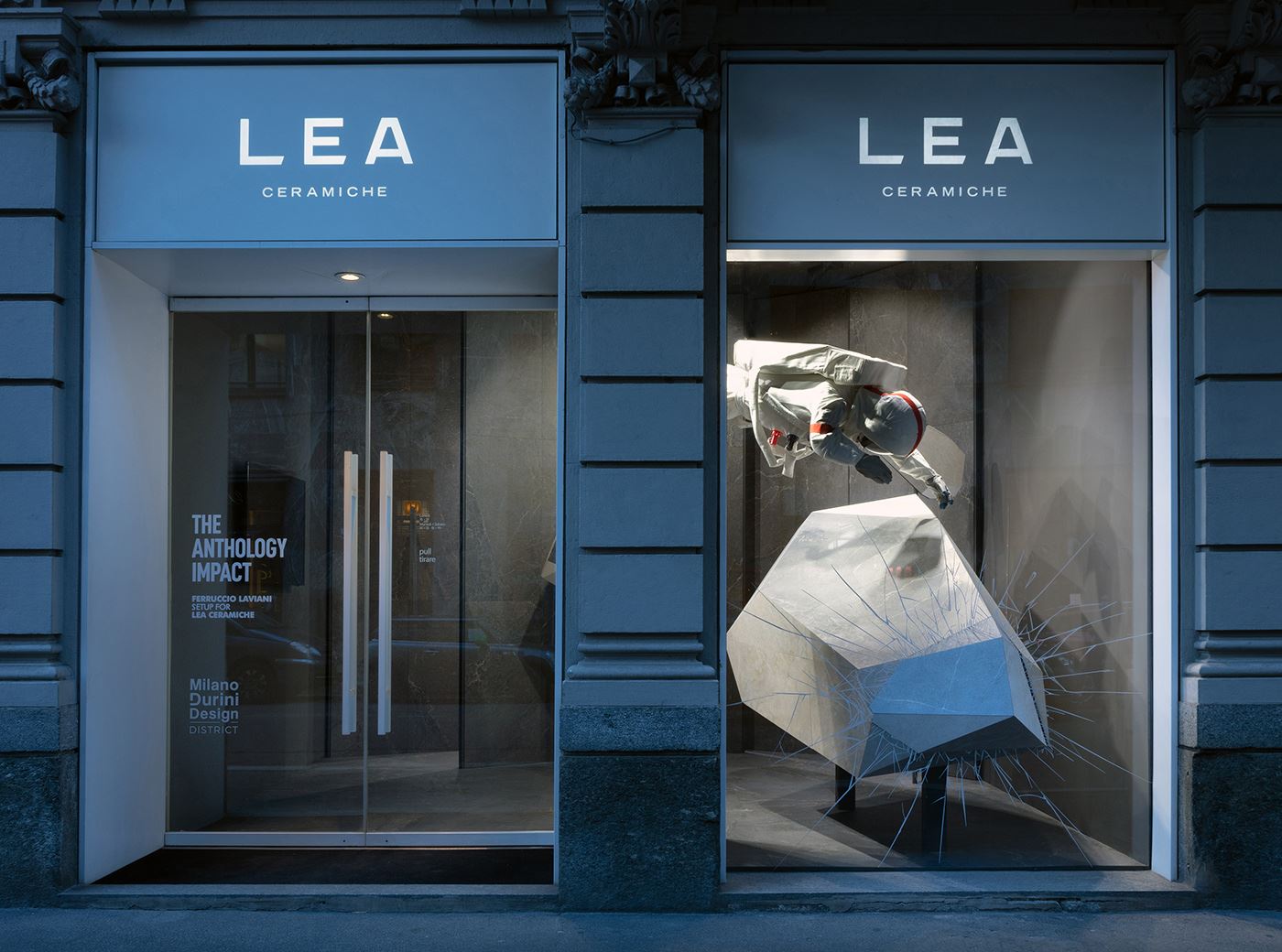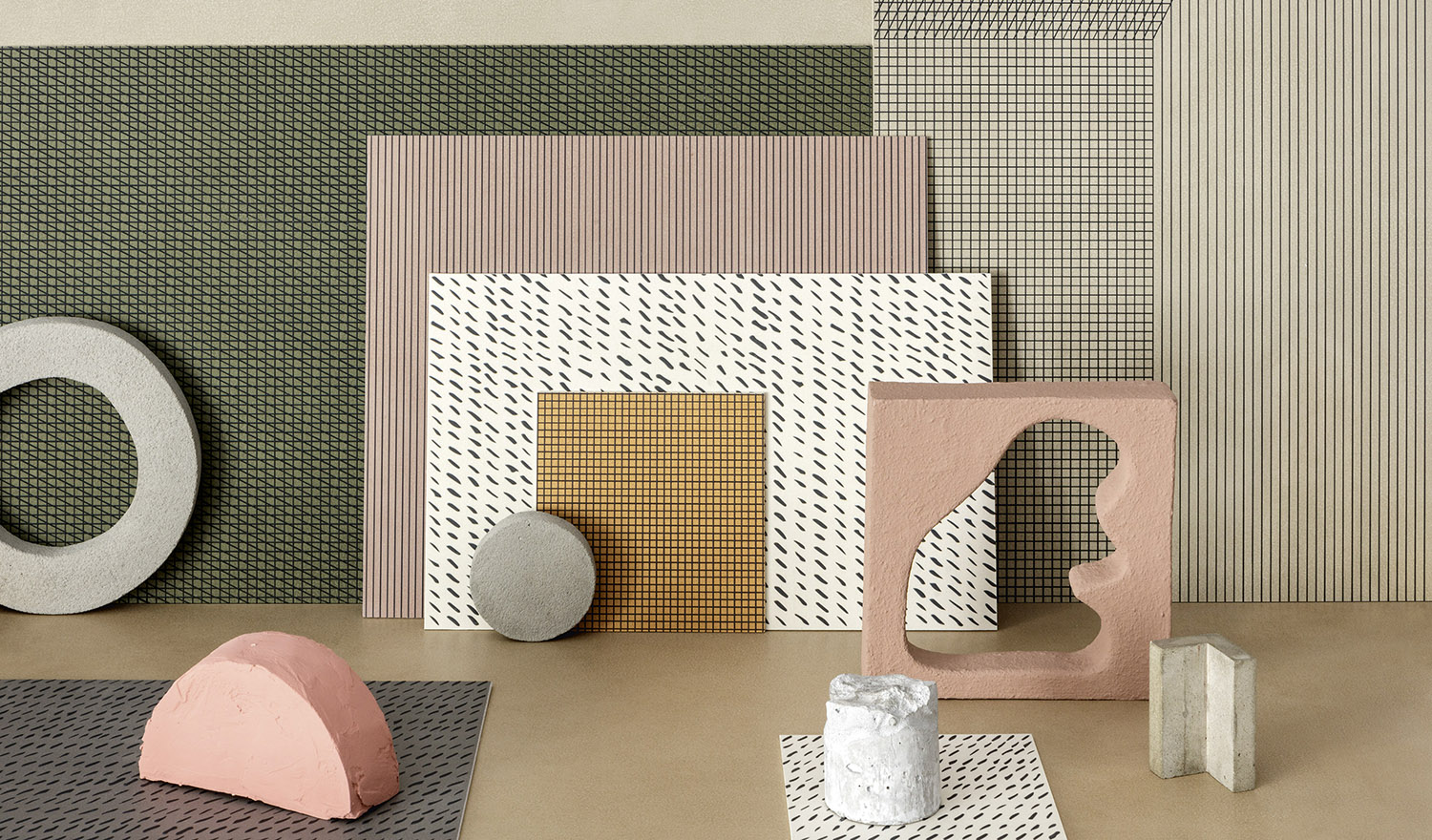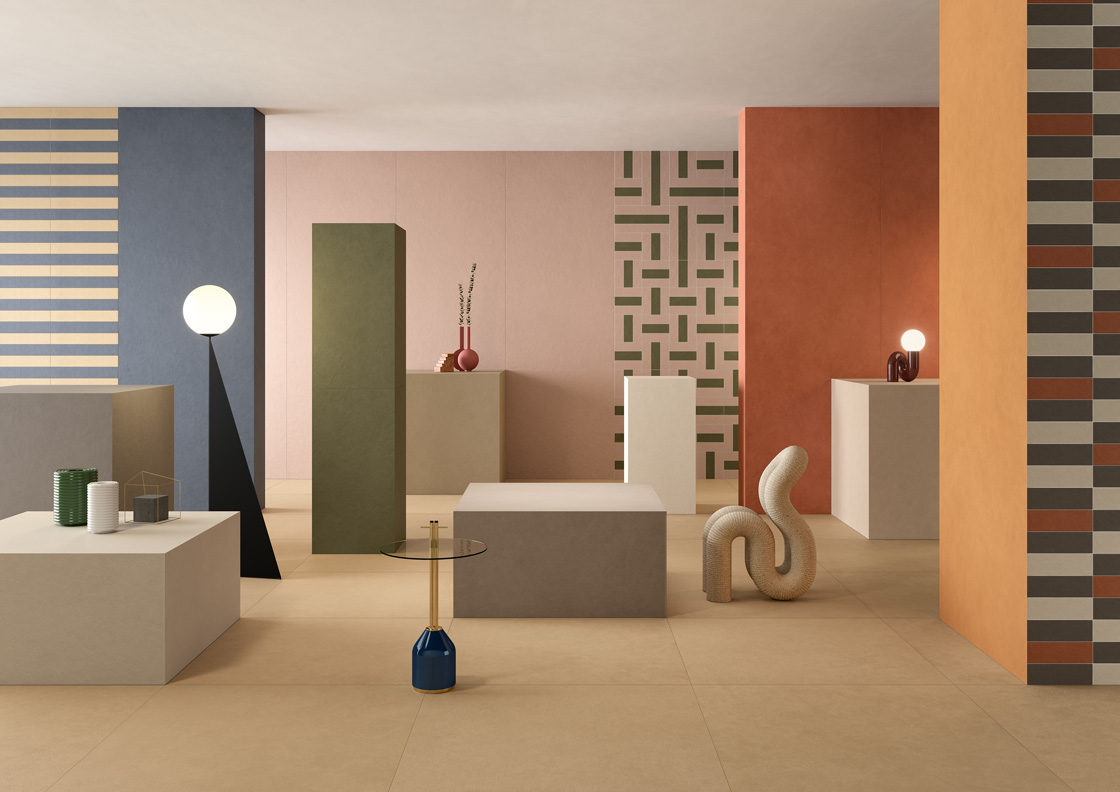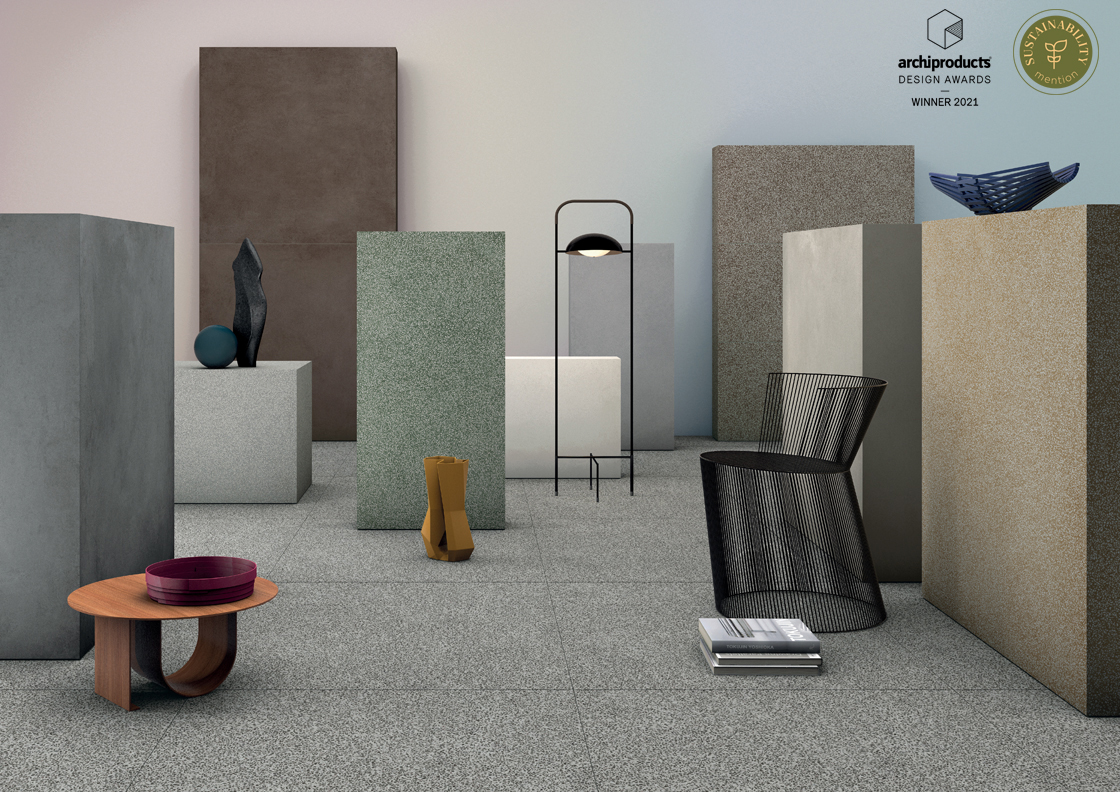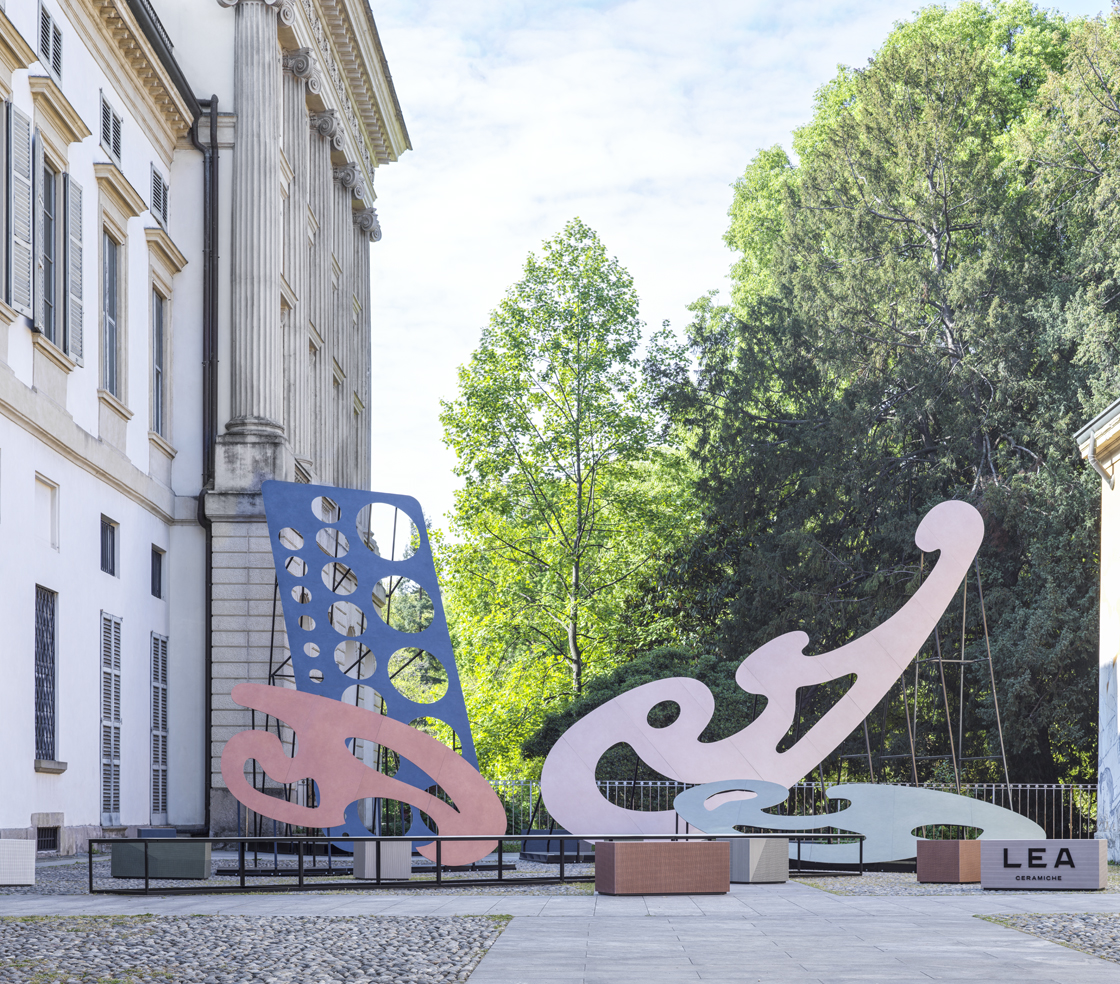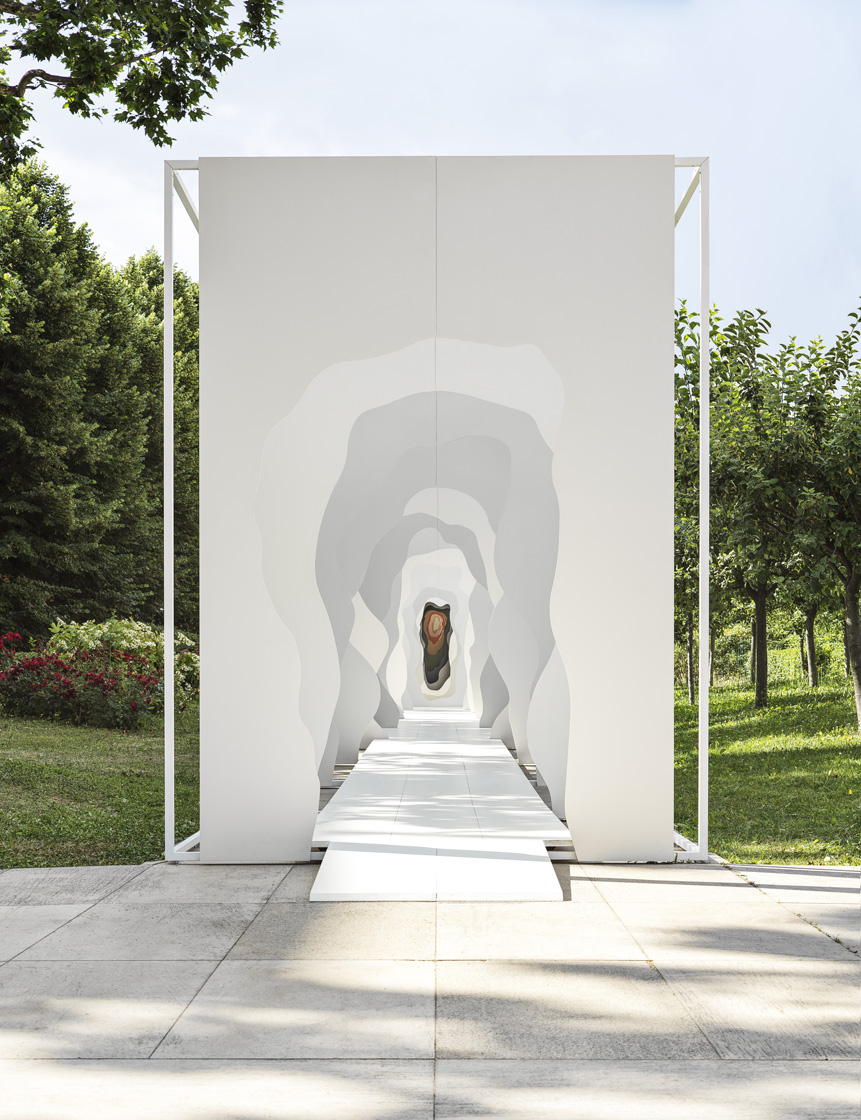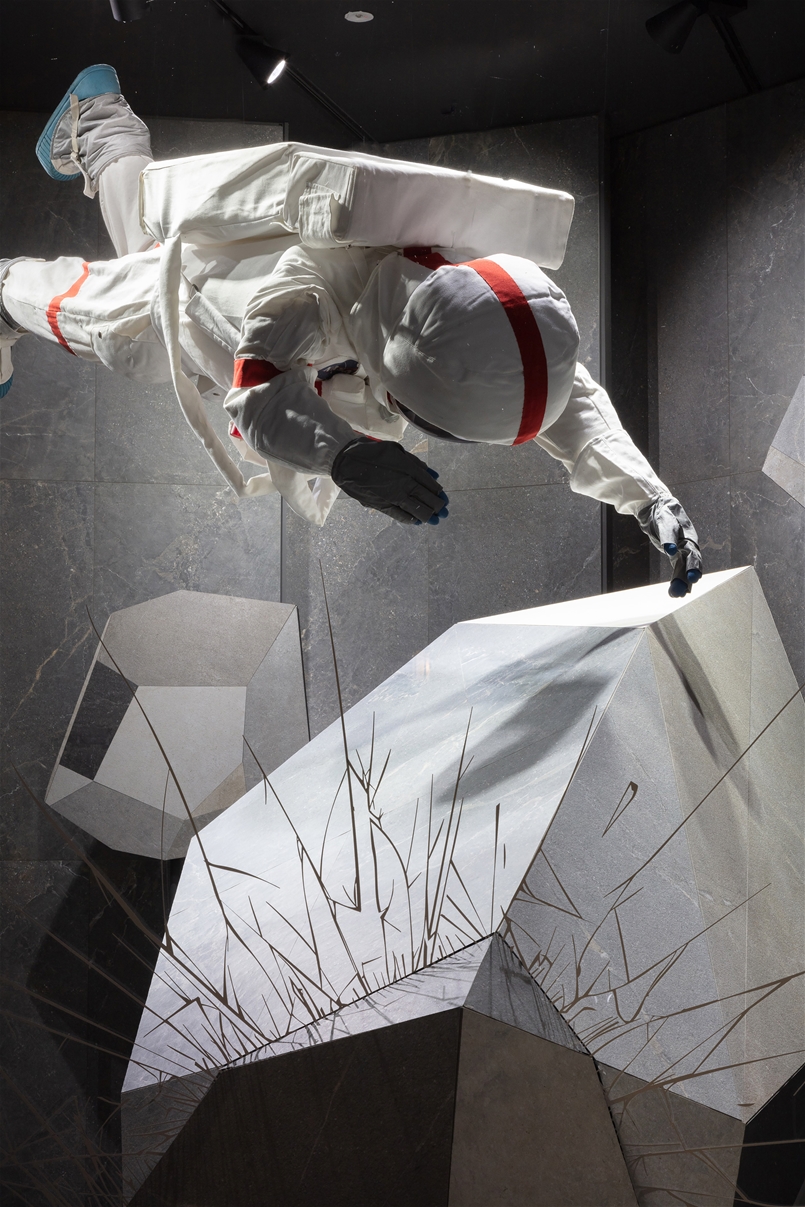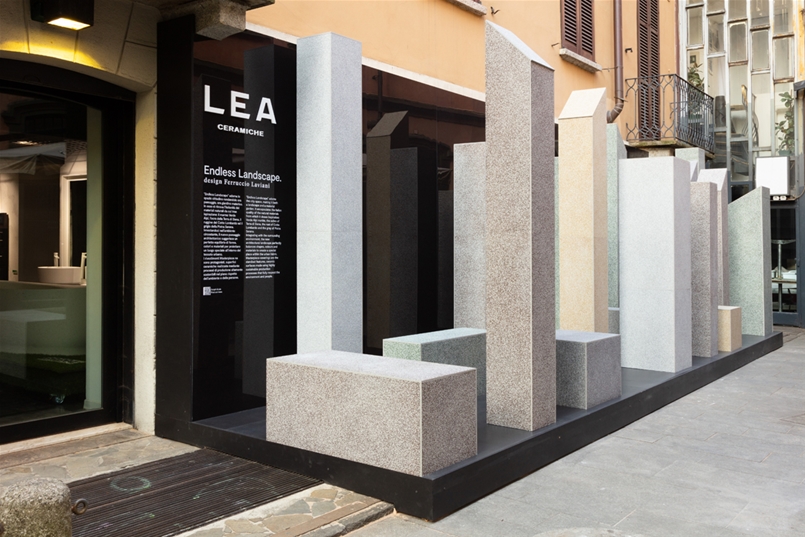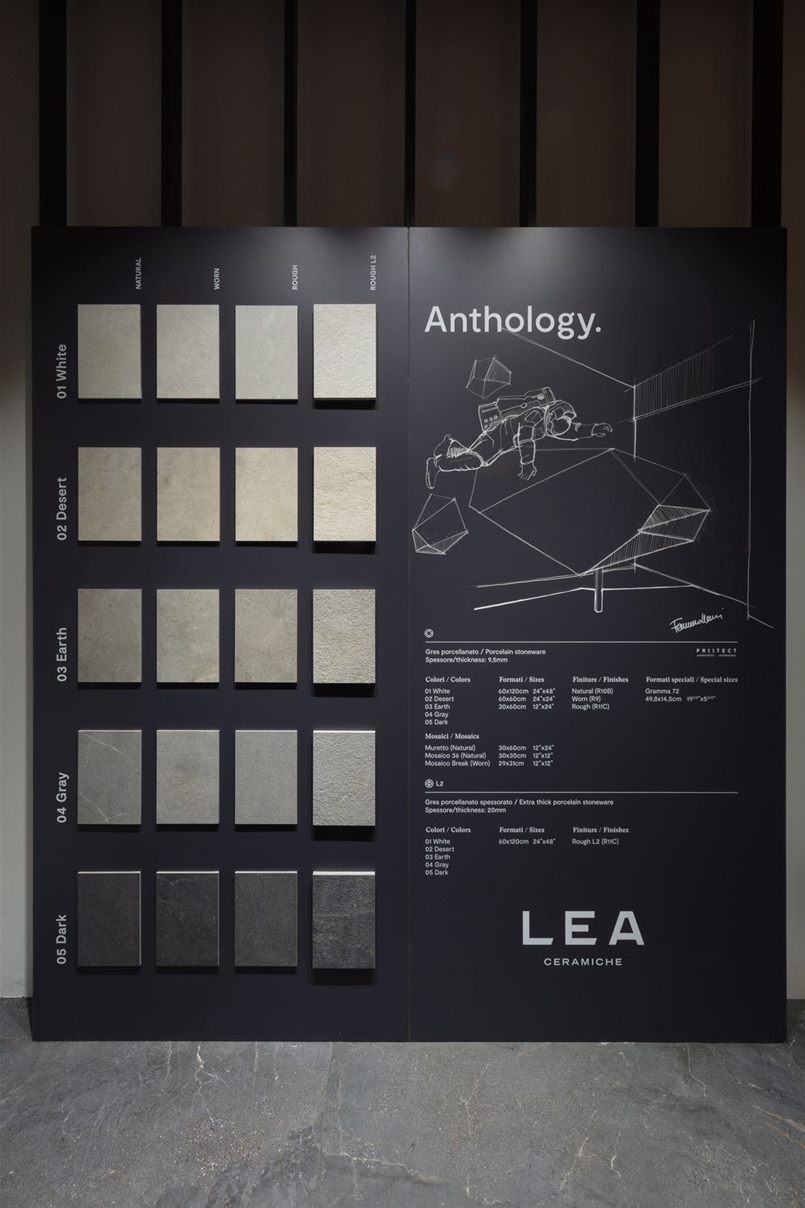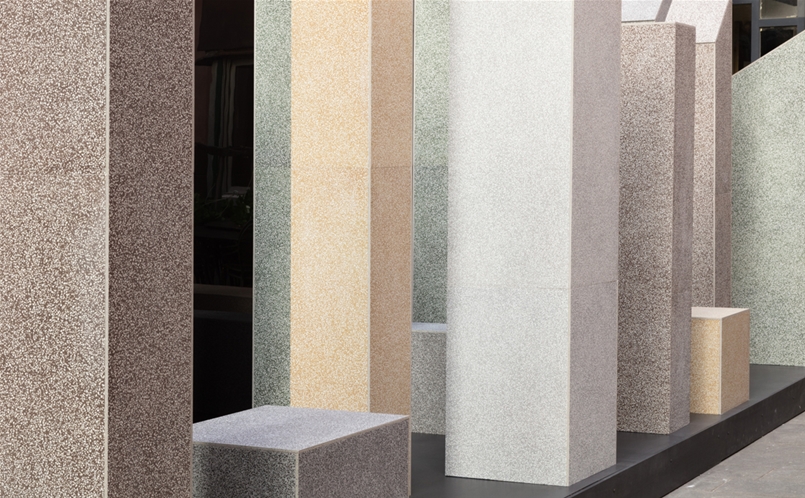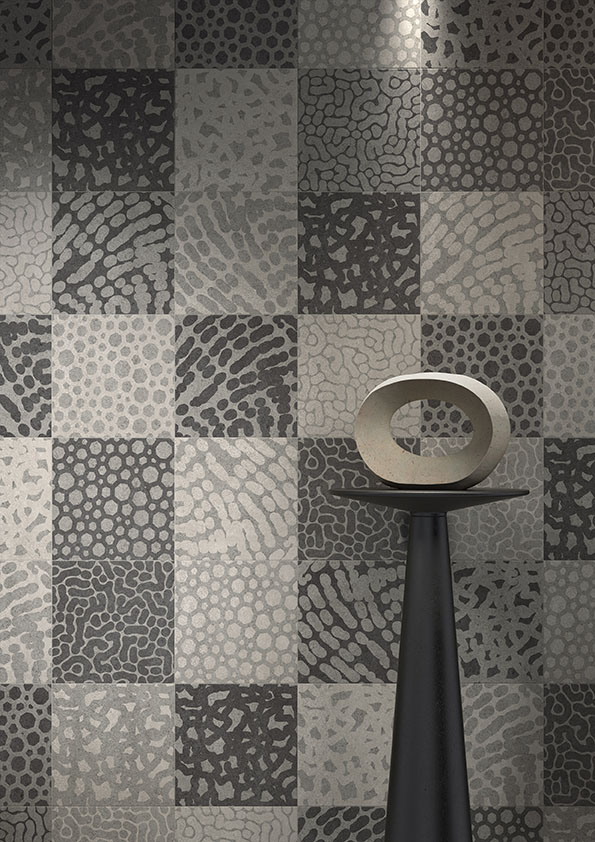Ferruccio Laviani
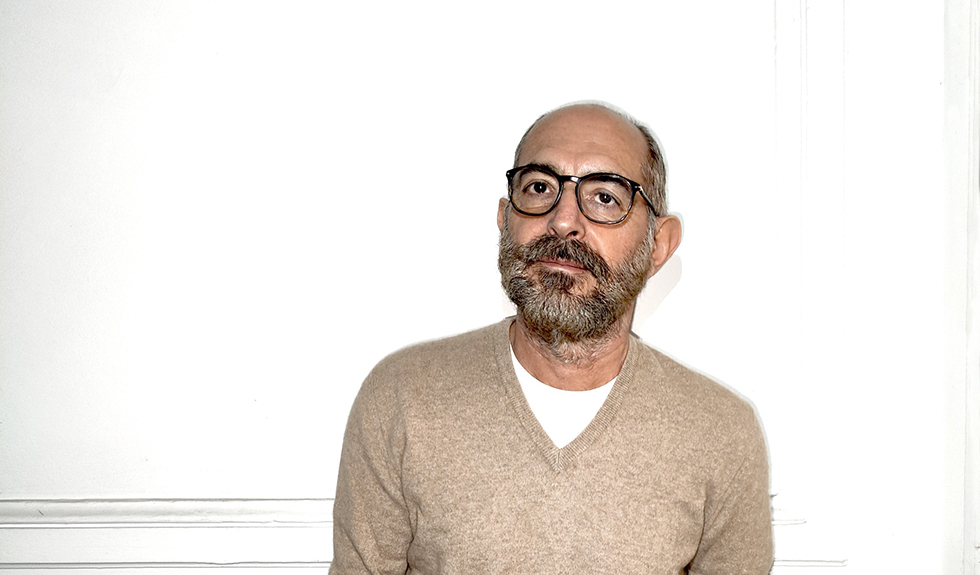
Born in Cremona in 1960, he attended the Politecnico di Milano Architecture Faculty and graduated in 1986, after studying on the courses taught by Achille Castiglioni and Marco Zanuso. In 1991 he opened his own Studio in Milan. He works in the areas of product design, interior design, art direction and graphics. He has been Art Director at Kartell since 1991 and has held this position for various other companies including Flos, De Padova, Foscarini, Moroso, Society (Limonta) and Emmemobili.
He designs retail spaces and installations, but also offices and residential accommodation, for private clients and brands including Cassina, Dolce & Gabbana, Dada - Molteni & C., Barovier & Toso, Piper - Heidsieck, Missoni, Citroen, Hansgrohe, Martini e Rossi, Swarovski, Veuve Cliquot, Moët Hennessy, Cotto D’Este, La Rinascente, Piombo, Ermenegildo Zegna, Paula Cademartori, Renault, Lea Ceramiche, Zuhair Murad, Haworth, Emilio Pucci, Zara, Habitat, Pasticceria Cova, Samsung, Gervasoni, Panariagroup.
His products are featured in the collections of leading design companies. In 2008, an exhibition called “LAviani pLAstic Lamps”was organised in Milan of his lamp designs for Kartell; at the Milan Salone del Mobile 2018, the retrospective ‘Peep O Rama. The Furniture Show’ at the Metropol Dolce & Gabbana theatre, celebrated his longstanding partnership with Italian company Emmemobili.
Some of his design pieces are in the permanent collection of design museums, while other products have been shown in museums and exhibitions around the world. They include the Good Vibrations cabinet designed for Fratelli Boffi, which was featured in the 2018 exhibition “Thrill of Deception” at the Kunsthalle in Munich, as well as appearing in 2019 at the Cité de l’Architecture et du Patrimoine museum in Paris, as part of the exhibition “Le mobilier d’architectes 1960-2020”. In 2020, Good Vibrations has been acquired by the Musée des Arts Décoratifs in Paris, for its permanent collection. In 2023, MAD again chose the Gothik-A cupboard, designed for Fratelli Boffi in 2017, among the design pieces featured in the monographic exhibition dedicated to Dutch designer Iris Van Herpen.
In 2015, he developed the new concept for the Kartell museum in Noviglio which in 2000 won the Guggenheim Business & Culture Award as best business museum. In 2017, he designed the Women’s Haute Couture events for Dolce & Gabbana at Laboratori Ansaldo, Teatro alla Scala in Milan and in Piazza Pretoria, Palermo.
In spring 2019, he curated and designed “The Art side of Kartell”, a major exhibition staged at Milan’s Palazzo Reale and in November 2019, “KartellLand - Celebrating 70 years of Italian Design History” an immersive exhibition organized at the International Art Design Center in Shenzen.
There are several collaborations with Lea Ceramiche. From The Anthology Impact, showcase of the 2020 Via Durini showroom, to the installation Endless Landscape, for Milan Design Week 2021, created with the collectionMasterpiece, signed by him.
“Colour and material are the foundation of my work and every time I find it fascinating to venture into new projects and research endeavours. Masterpiece is the perfect balance between two elements: the texture and uniform colour of Master which, with the simple addition of small fragments, transforms into Piece, a ‘terrazzo tile’ with a subtle and delicate pattern, articulated in various shades of colour. An architectural surface for interior and exterior spaces which, in addition to having its own distinctive identity, can be combined with materials and finishes from other Lea Ceramiche collections, giving a unique and personal style to each individual project."
The collaboration with Studio Laviani continues in 2022 with Perspective in Milano Design Week and with the launch of the Pigmenti collection.
“The Pigmenti collection was born from the desire to express myself with colour and, above all, from the desire to enhance ceramics as such, overcoming its ‘chameleon-like’ side that very often sees it as a replica of other materials. It is natively the result of manual skills, expression of an idea through hands that shape the material. This is what I set as a goal for myself with Pigmenti: to transpose that sense of craftsmanship and tactility on a purely industrial material. In addition to the colour, I worked to make its appearance as natural as possible not only in tones but also in touch. Pigmenti is not just a shade or a ‘surface’ attribute given to the material. It is itself a material colour, a pigment in fact, which penetrates the slab to become an integral part of it.”
During Milan Design Week 2023, presented Tools and Space, an installation expressing an unlimited creativity in service of design, where the themes of color and thickness dominate. Set up in the evocative outdoor courtyard of the PAC - Contemporary Art Pavilion, it revisits Pigmenti.
https://www.laviani.com/
